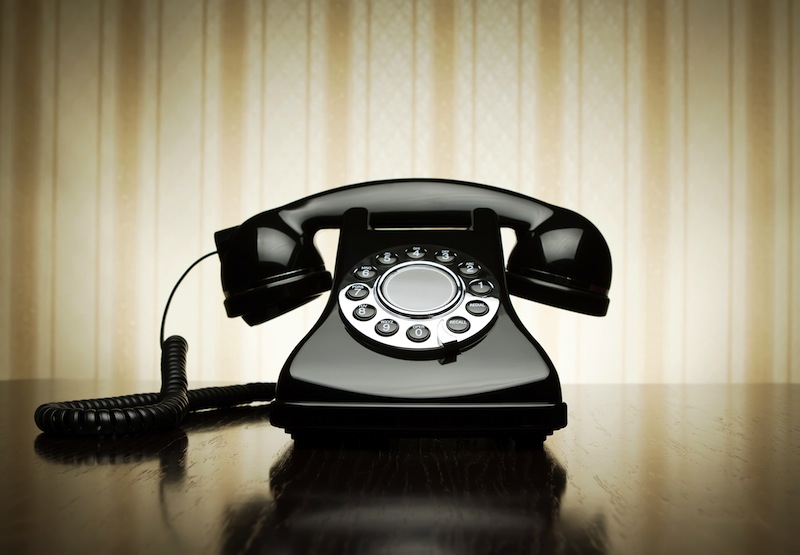NEW YORK (AP) — Operators at the nation’s largest 911 hub were forced to use pen and paper to communicate emergencies to dispatchers this week when a piece of the new system stalled, the latest glitch in the $2 billion effort to modernize New York City’s aging system that failed during the Sept. 11 attacks.
City officials said no noticeable delays were reported.
“The replacement of any large complex system invariably will have kinks that need to be worked out,” spokesman John McCarthy said. “That is why backup systems and procedures are in place to ensure incoming calls are taken and responded to without any noticeable delay.”
The city’s emergency system works like this: Callers dial 911 and a New York Police Department operator answers. The operator farms out the emergency to the appropriate agency; emergency services, fire or police, or sometimes all depending on what the caller says. Each agency has a separate dispatch to communicate with their responders.
The old system has been in place for decades. On Sept. 11, operators were unaware that fire chiefs were evacuating the doomed twin towers because the city had no way of relaying that information. The federal Sept. 11 Commission concluded the flaws denied people potentially life-saving information.
When Mayor Michael Bloomberg took office in 2002, he made it a priority to modernize. The new system uses sleeker, easier technology to access and share information, and in theory, get details to the appropriate responder faster. The $2 billion figure includes a new backup call center being built in the Bronx, the land purchased for that building, millions in upgrades to the current call center in Manhattan.
The problems this week involve one piece of the giant ongoing overhaul, the new dispatch computer system, rolled out Wednesday on the first hot day of the year when emergency calls usually spike. It went down for about 12 minutes that day. Telephone operators could still receive calls with no trouble, but they filled out information by hand on slips of paper and runners took paper to the appropriate dispatcher, located on the same floor, who radioed out to responders.
It also went down Thursday for a total of about an hour around noon, then again Thursday evening around 7 p.m. for about two minutes, police and city officials said.
Alma Roper, head of the union representing the city’s operators, said usually the operator asks questions and type the answers where it’s automatically passed along to dispatchers, who send information electronically to officers.
“You’re losing at least two or three seconds, if not more than that,” said Roper, who started as a 911 operator in 1989. And while the delays might be short, “when you have a child hit by a car, you don’t have no time to waste. And that’s what 911 is about — it’s an emergency,” she said.
City officials said there have been extra personnel on site to assist with the rolling out of the new technology and so there were people to handle the paper system. No glitches were reported Friday.
The 911 system was swamped with more than 10,000 calls per half-hour — 10 times the normal volume — at the height of Superstorm Sandy. Union leaders and officials said the Oct. 29 storm made plain the system’s inadequacies.
Israel Miranda, president of Uniformed EMTs, Paramedics and Fire Inspectors Local 2507, told city council members at a January hearing that the 911 technology denied service to New Yorkers during Sandy. He cited records showing that scores of calls within minutes were marked by a notation that means no responders were dispatched.
Deputy Mayor Caswell Holloway, however, insisted the 911 technology did not fail. The Fire Department said the not-dispatched calls may have been duplicates, calls from areas that rescuers knew were inaccessible or calls from people who were trapped in their homes but not experiencing medical problems, because those with medical issues got priority.
And during the crippling blizzard of 2010, the call system was overwhelmed as the city was preparing to install new technology. An outside review released last year found the upgraded system sent some responders to the wrong address and slowed fire and medical dispatchers’ efforts to give instructions to callers. It also said operators waste time repeating questions and use inconsistent questioning procedures.
Last year, John C. Liu, the city comptroller and a candidate for mayor, released a scathing audit saying administration had overpaid for the system and mismanaged it. He reiterated his criticisms in a statement Thursday. Bloomberg has brushed off Liu’s claims.
Roper, executive vice president of NYC Clerical-Administrative Employees Local 1549, which represents the roughly 1,160 city operators and supervisors, said the upgrades are adding stress to 911 operators and urged the city to hire additional staff.
“It’s good to know that we’re upgrading and doing something better for the public of New York City … but if you’re going to spend the money on a system, this system should never fail,” Roper said.
Copyright 2013 The Associated Press.










